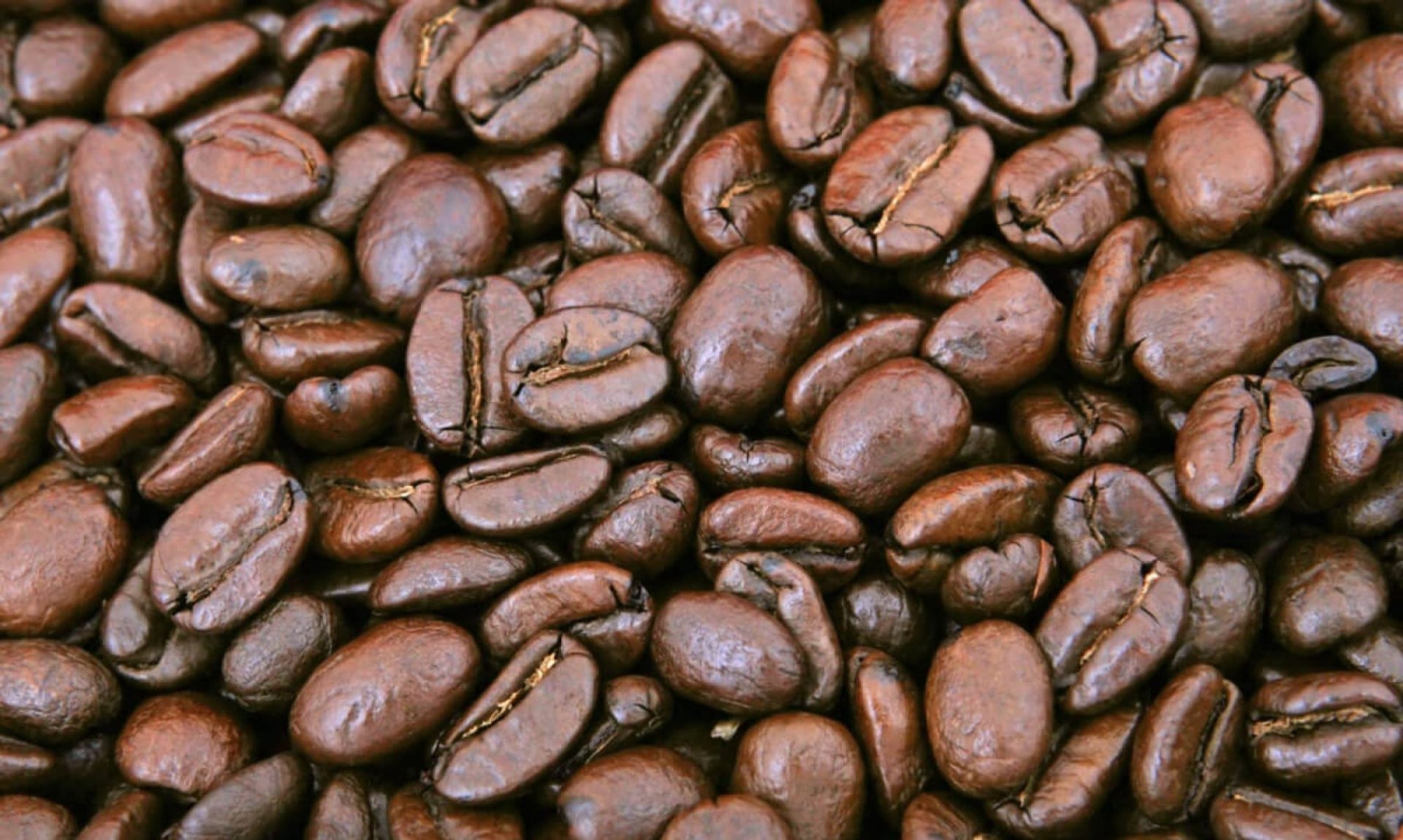When we think of coffee, we often picture of a dark, aromatic brew often comes to mind. But have you ever heard of green coffee? While it may not be as well-known as its roasted counterpart, green coffee is gaining popularity for its potential health benefits. In this blog post, we will explore the wonders of green coffee, its unique properties, and the potential benefits it offers for your overall well-being.
Understanding green coffee
Green coffee is simply unroasted coffee beans, meaning they retain their natural green color. Unlike the traditional brown coffee beans used for brewing, green coffee beans are not subjected to the roasting process. It allowis them to preserve a higher concentration of certain beneficial compounds.
Rich in antioxidants
Green coffee beans are loaded with antioxidants, especially chlorogenic acid. This powerful antioxidant has been linked to several health benefits, including reducing inflammation, protecting against oxidative stress, and supporting heart health. Antioxidants play a critical role in neutralizing harmful free radicals in the body, promoting overall wellness.
Weight management support
One of the most notable benefits associated with green coffee is its potential role in supporting weight management. Research suggests that the chlorogenic acid in green coffee may help regulate blood sugar levels, supporting healthy metabolism, and potentially promoting weight loss. It may also help to reduce the absorption of carbohydrates from the digestive tract, resulting in a lower calorie intake.
Energy boost and mental clarity
Green coffee contains a moderate amounts of caffeine, providing a natural energy boost without the jitters often associated with excessive coffee consumption. The caffeine in green coffee stimulates the central nervous system, promoting alertness and mental focus. This may be particularly beneficial for individuals seeking an alternative to traditional coffee with a milder effect on the nervous system.
Potential blood pressure support
Preliminary studies suggest that regular consumption of green coffee may have a positive effect on blood pressure levels. The chlorogenic acid in green coffee is thought to help dilate blood vessels and improve blood flow, potentially contributing to lower blood pressure levels. However, further research is needed to establish definitive conclusions.
Improved brain function
The combination of caffeine and antioxidants in green coffee may have beneficial effects on brain health. Caffeine stimulates the release of neurotransmitters, promoting improved mood, increased alertness, and enhanced cognitive function. Meanwhile, antioxidants protect brain cells from damage caused by free radicals, potentially reducing the risk of age-related cognitive decline.
Conclusion
Green coffee is an exciting and relatively untapped resource in the coffee world. With its rich antioxidant content, potential weight management benefits, energy-boosting properties, and positive effects on overall health, it’s worth considering as an alternative to traditional roasted coffee. However, it’s important to note that research is still ongoing, and individual experiences may vary. As with any dietary change, it’s best to consult with a healthcare professional before incorporating green coffee into your routine. Embrace the unique qualities of green coffee and unlock its potential as a healthy and invigorating brew.
